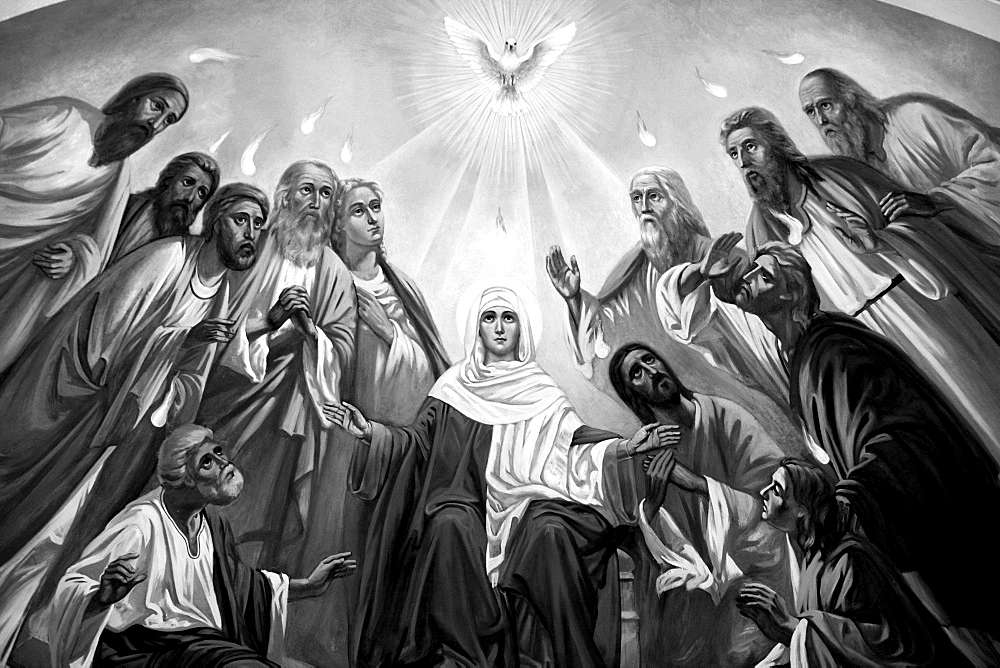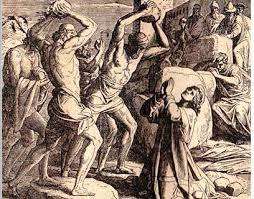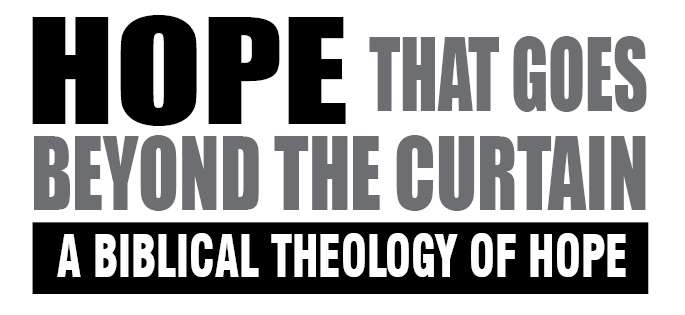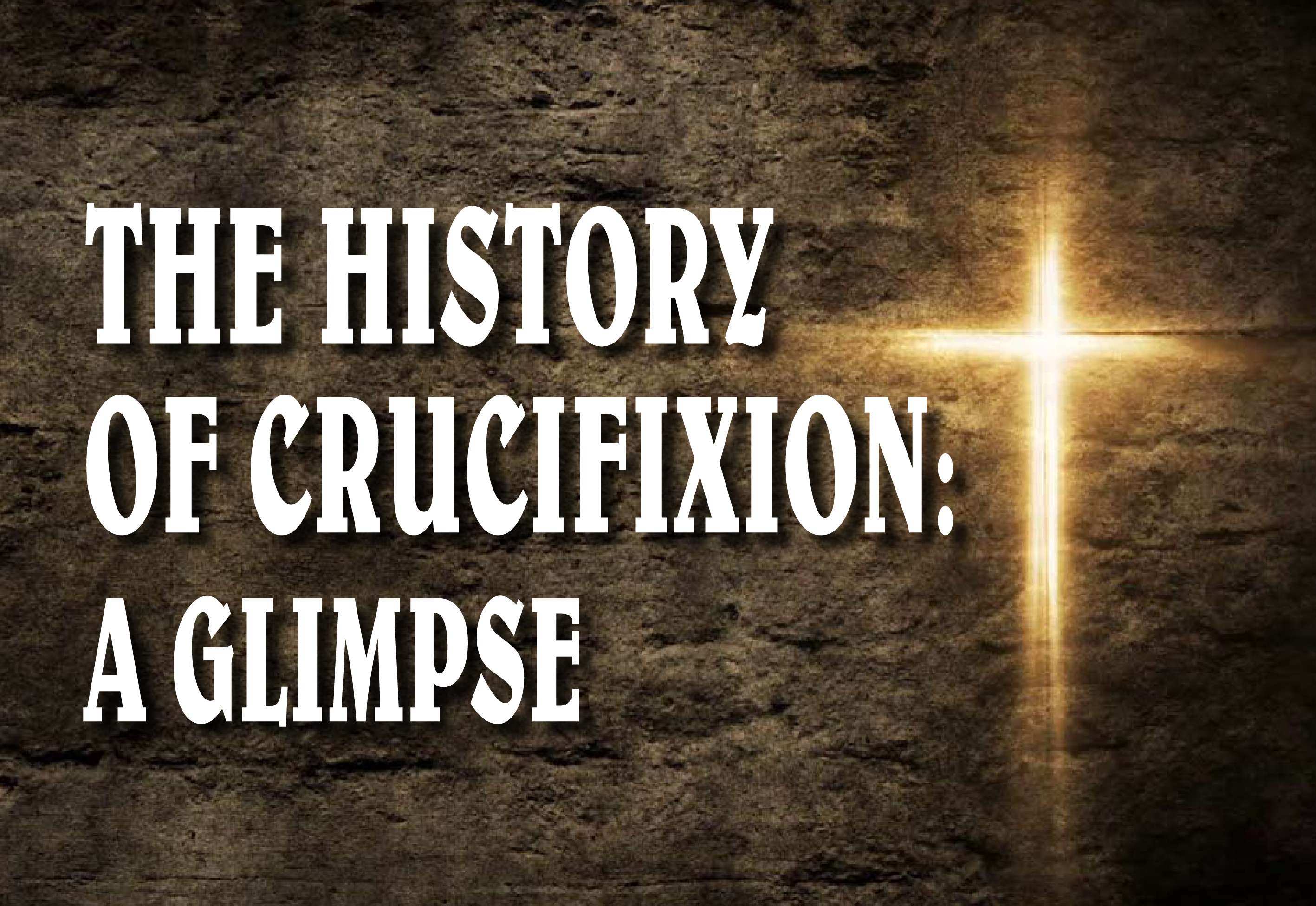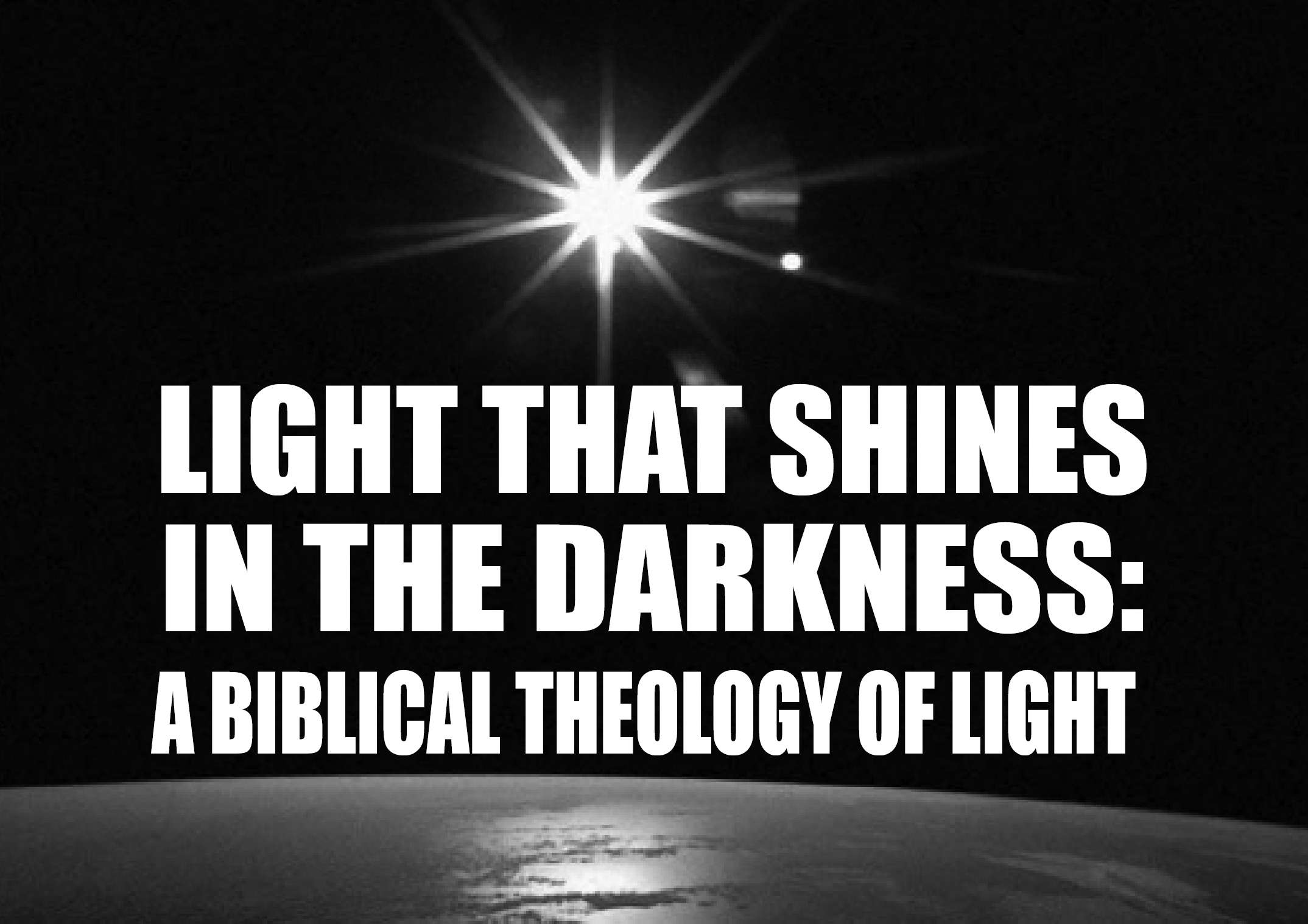

Light That Shines in the Darkness: A Biblical Theology of Light
Dr. Shaibu Abraham
The Bible contains manifold imagery of light, both literally and figuratively. At the beginning of the biblical narrative, physical light springs forth as the first created thing (Gen 1:3-4). At the end, the light of God eliminates all traces of darkness: “And night shall be no more; they need no light of lamp or sun, for the Lord God will be their light” (Rev. 22:5). Between these two instances, the imagery of light appears many times as a major symbol in the Bible with its theology. In the following pages we shall look into the theology of light in the Bible and its implications to Christians who live a world which hurtling towards more darkness. Before doing this, let us also have a glimpse of how some of the ancient civilizations and philosophies envisioned light.
1. The Concept of Light in Ancient Civilizations
The themes of light and its opposite, darkness, have been used in many cultures, civilizations and by people groups throughout history to describe the two basic contrary philosophical and theological principles of reality. Primitive thinking begins by dividing reality into a dichotomy between light and darkness, viewed as combatants in a perpetual battle for dominance. When light dawns, chaos is averted. For instance, in Mesopotamian Zoroastrianism and its Gnostic successor Manicheanism, there were two gods: Ahurimazda, the good god of light, and Ahriman, the evil god of darkness. These two were locked in a constantly repetitive wrestling match, paralleling the seemingly endless cycle of night and day. The devotees of these religions hoped that when death came the god of light would take them to his resplendent realm.
In the Greek world, the early usage of light denoted the sphere of ethical good, whereas misdeeds are said to take place in darkness. There was a connection between the notion of sin and the image of darkness, and the notion of redemption and salvation from evil and the image of the light. Plato's comparison of the idea of the good with sunlight is deeply significant. In Gnosticism there is essential difference between light and darkness which stood against each other as hostile powers. Human beings by nature is in darkness and needs to liberate the elements of light within their own souls, and free them from earthly matter so that they may be re-united with the supernatural world. Moreover, in this thought, light and life are inseparably connected; light is the matter of the other world and whoever is willing to receive it imports divine powers. In the Hindu philosophical system of thought, the famous prayer of the Upanishad, Asatoma sat Gamaya, Thamasoma jyothir gamaya, Mruthyoma amrutham gamaya, (lead me from falsehood to truth, darkness to light and death to eternal life) depicts light as eternal life. Now let us turn our attention to the Bible to see what is the theology of light.
2. Theology of Light in the Bible
The Bible begins with the declaration of God’s creation of light, “And God said, ‘Let there be light’; and there was light. And God saw that the light was good” (Gen 1:3–4). Here light springs up from nonexistence, piercing into darkness and chaos with its illuminating power. Similarly, the Bible also signals the close connection of light with life in its pages. The apostle Paul compares this life-giving instance of the primal creation of physical light with life-transforming experience of conversion: “For it is God who said, ‘Let light shine out of darkness,’ who has shone in our hearts to give the light of the knowledge of the glory of God in the face of Christ” (2 Cor 4:6). The Hebrew thought uses light as a symbol of the divine presence and salvation (Ex 13:21; Ps 27:1; 36:9; Is 60:19), often of the future eschatological salvation (Mic 7:8; Is 2:5; 9:2; 58:8, 10; 60:1–3).
2.1. God: The Source of Light
In the Old Testament there are frequent references of light as an attribute of God. His nearness and presence are indicated by light (Exod. l3:21f.; Neh. 9:12; Dan. 2:22), "the light dwells with him" (Hab. 3:4), "his brightness was like the light" (Isa. 60:19f.). In particular his countenance is said to be the origin of the light proceeding from him (Ps. 4:6; 44:3; 89:15). Elsewhere God is simply associated with light as an image of divine glory: he covers himself “with light as with a garment” (Ps 104:2). Most notable among the lights that represents God was the "Shekinah", the glory of God in the temple. This was not ordinary physical light, but it was visible in the form of a luminous cloud that filled holy space. When Solomon dedicated the temple, it “was filled with a cloud, so that the priests could not stand to minister because of the cloud; for the glory of the LORD filled the house of God” (2 Chron 5:13–14). This is similar to the glorious cloud that settled on Mount Sinai when Moses ascended to receive the law from God (Ex 24:15–18), after which "the skin of Moses face shone because he had been talking with God" (Ex 34:29).
It is to be noted that the light emitting from God is intertwined with the glory of God which is the symbol of divine transcendence. It combines awe and terror, and it simultaneously invites approach and distance. When Moses encounters the glory of God on Mt. Sinai, the visible manifestation is a cloud that covers the mountain with brilliance “like a devouring fire” (Ex 24:16–17). When Moses requests to see God’s glory, it is so intense that God has to shield him from the full effect (Ex 33:18–23). When Isaiah and Ezekiel individually encounter the glory of God in a vision, their response is to feel small and unworthy (Is 6:5; Ezek 1:28). Ezekiel’s vision of the divine chariot (Ezek 1) is a riot of brightness, flashing fire, shining jewels and gleaming metals. Light also symbolizes God, in 1 John 1:5: “God is light and in him is no darkness at all”. James speaks of God as “the Father of lights” (Jas 1:17). The classic passage is 1 Timothy 6:16, which speaks of God as the one “who alone has immortality and dwells in unapproachable light”.
2.2 Jesus: The Light that Shines in the Darkness
The coming of Jesus is viewed by Matthew (4:16) and Luke (2:32) as the fulfillment of God’s covenant with Israel through which not only Israel would be enlightened but also the Gentiles (Is. 42:7). Isaiah’s prophecy predicted, “The people who walked in darkness have seen a great light; those who dwelt in a land of deep darkness, on them has light shined” (Is 9:2). Evangelist Matthew applied this prophecy to Jesus representing him as the Messiah who is the symbol of light of God (Mt 4:15–16). The song of Simeon calls Christ “a light for revelation to the Gentiles, and for glory to your people Israel” (Lk 2:32). At the nativity of Jesus, light accompanies the appearance of the angels to the shepherds (Lk 2:9), and a star lights the way of the Magi to the house where they find Jesus (Mt 2:9–10). Paul calls Jesus “the Lord of glory” (1 Cor 2:8) and speaks of “the glory of God in the face of Christ” (2 Cor 4:6).
2.2.1 Jesus the Light of the World: The Johannine Theology of Light
Light is a primary symbol in John’s Gospel. The Johannine prologue links logos (word), life, and light so powerfully that the cluster dominates the symbolic system of the entire narrative. The logos incarnate in Jesus is ‘the life that was the light of men’ (1:4) and where there is light there is life. John’s theology of light was developed in the debate with the synagogue about the identity and significance of Jesus. John took up the symbol of light from Judaism, to refer God’s presence, salvation, the Law, Wisdom and Logos, in order to epitomize the person and work of Jesus. By so doing, the evangelist implies that the expectations and hopes of Judaism are fulfilled in Jesus.
Moreover, according to John, Christ who is the life of humankind is the only remedy for human beings who by nature are in darkness (1 :4; cf. 8:12). And it was through this word of life that light (revelation) came to humankind. The revelation (light) brought through the communication of this word of life brings both salvation and judgment (Jn 3:19–21). John also describes God’s gracious act of creation as light shining into darkness, and darkness as unable to counter such divine activity. Evil people are described as lovers of darkness rather than light (John 3:19). Indeed, those who lie and hate walk in darkness and are like blind people (1 John 1:6; 2:9–11).
It is John who particularly portrays Jesus Christ as light breaking in upon the darkness of the world. John the Baptist is called a witness to the light, though the difference between him and the light itself is made very clear (Jn. 1:6 ff.; 5:35 f.). "The true light that enlightens every man" came into the world in the person of Jesus Christ. In the "I am" sayings John portrays Jesus as the light of the World and also indicates its relevance for the world: "I am the light of the world; he who follows me will not walk in darkness, but will have the light of life" (8:12; cf. 9:5; 12:46). The light designates the nature of Jesus directly. He is not like a light; but he is "the light". Moreover, all persons must receive their light from Jesus the “true light” (1:9; cf. 8:12) in order to become “the children of light” (12:36).
Light is pressed into service to express various other aspects of Johannine theology: revelation, sin, faith, judgment and ethics. The light invades the darkness to reveal God’s salvation (1:5; 3:19; 8:12; 12:35, 46). This darkness is of two kinds: that which prevails before the light comes (1:5; 8:12; 12:46) and that which descends on those who have refused the light and have chosen to live in darkness (3:19–20). This expresses the Johannine understanding of sin. On the other hand, to believe in the light (12:36, 46) denotes Christian faith. Light and darkness also function as pointer to human character, such as in the cases of Nicodemus (3:20), the Jews (9:40; 11:10) and Judas (13:30). Johannine ethics is expressed in terms of walking in the light (8:12; 12:35), which means keeping Jesus’ commandment to love one another.
3. The Disciples of Jesus: The Community of Light
In Christ’s great discourse on himself as the light of the world, those who follow Christ are defined as people who “will not walk in darkness, but will have the light of life” (Jn 8:12). These themes of light and darkness are further developed by the NT writers. They obviously distinguish people and activities aligned with God from those opposed to God and aligned with Satan and the demonic. In Ephesians, readers are summoned to wake up (Eph 5:14), and to walk as children of light (Eph 5:8). Bearing the fruit of light such as goodness, righteousness and truth which is contrasted with the unfruitful works of darkness (Eph 5:7–11) and disobedience (Eph 5:6). These dark works may seem to be hidden now but the light of Christ exposes their dead nature and makes the character of human action visible. “When anything is exposed by the light it becomes visible, for anything that becomes visible is light. Therefore it is said, ‘Awake, O sleeper, and arise from the dead, and Christ shall give you light’” (Eph 5:13–14). Similarly, according to 1 Peter 2:9, believers are those who have been called “out of darkness into his marvelous light”. Those who have been delivered “from the dominion of darkness” and transferred “to the kingdom of his beloved Son” (Col 1:13) are thus strongly associated with light. The implied message is clear: if God is light, to come to God is to come to the light and to receive life.
In the New Testament the sanctified life is repeatedly associated with light. In the famous passage on holy living that concludes the epistle to the Romans, believers are commanded to "cast off the works of darkness and put on the armor of light" (Rom 13:12). Ephesians 5:8-9 also emphasizes the same fact: "Once you were darkness, but now you are light in the Lord; walk as children of light". It is necessary to walk according to the light, since Christians bear a missionary responsibility for the world, a responsibility which they can only meet by "shining as lights in a dark world" (Phil 2:15). Moreover, Paul instructs believers to live in anticipation of the end time as the motivation for life; not as those who sleep, as in a moral stupor, but as those who are awake (Rom 13:11; 1 Thess 5:2–6). After painting a composite portrait of the ideal disciple in his beatitudes, Jesus also added, “You are the light of the world.… Let your light so shine before men, that they may see your good works and give glory to your Father who is in heaven” (Mt 5:14, 16).
Therefore, it is precise to view the church as portrayed in the NT Epistles as the possessor and giver of light. As an apostle, Paul was sent by God to the Gentiles “to open their eyes, that they may turn from darkness to light” (Acts 26:18). This light is not only part of the church’s evangelistic proclamation but also characterizes life within the church: “If we walk in the light, as he is in the light, we have fellowship with one another, and the blood of Jesus his Son cleanses us from all sin” (1 Jn 1:7).
Let us summarise our discussion here; God is light and he is the source of all the perfect gifts that symbolise light (Jam. 1:17). Jesus is the light of the world and all who come to him will be lighted. To walk in the light means keeping Jesus’ commandment to love one another. The disciples of Jesus are the light or light-bearers (Matt. 5:14,16), therefore it is our duty to pass on the divine light to others. As emissaries of Christ, we are to shine out into the world, not with our own light but with the very light of Jesus himself.





